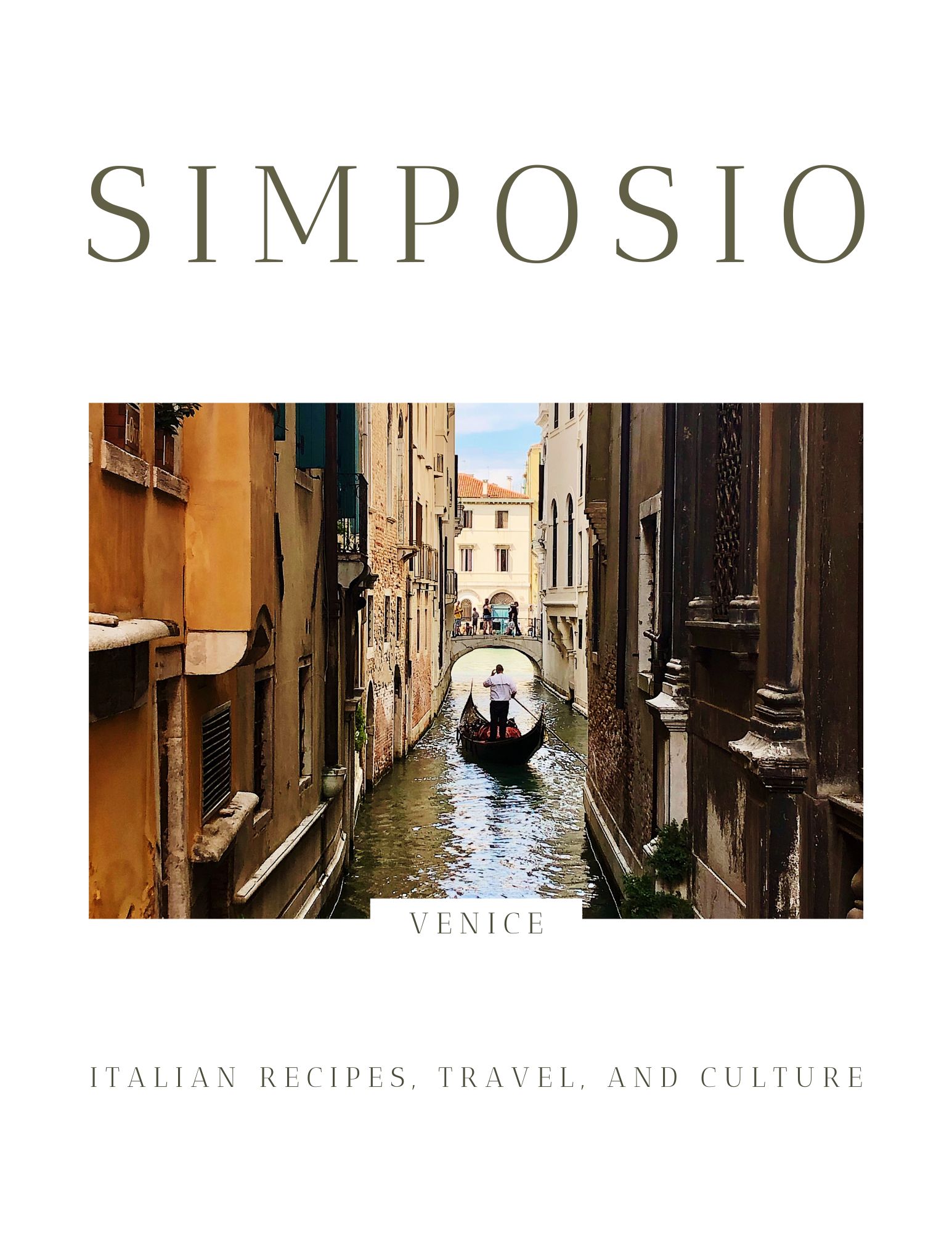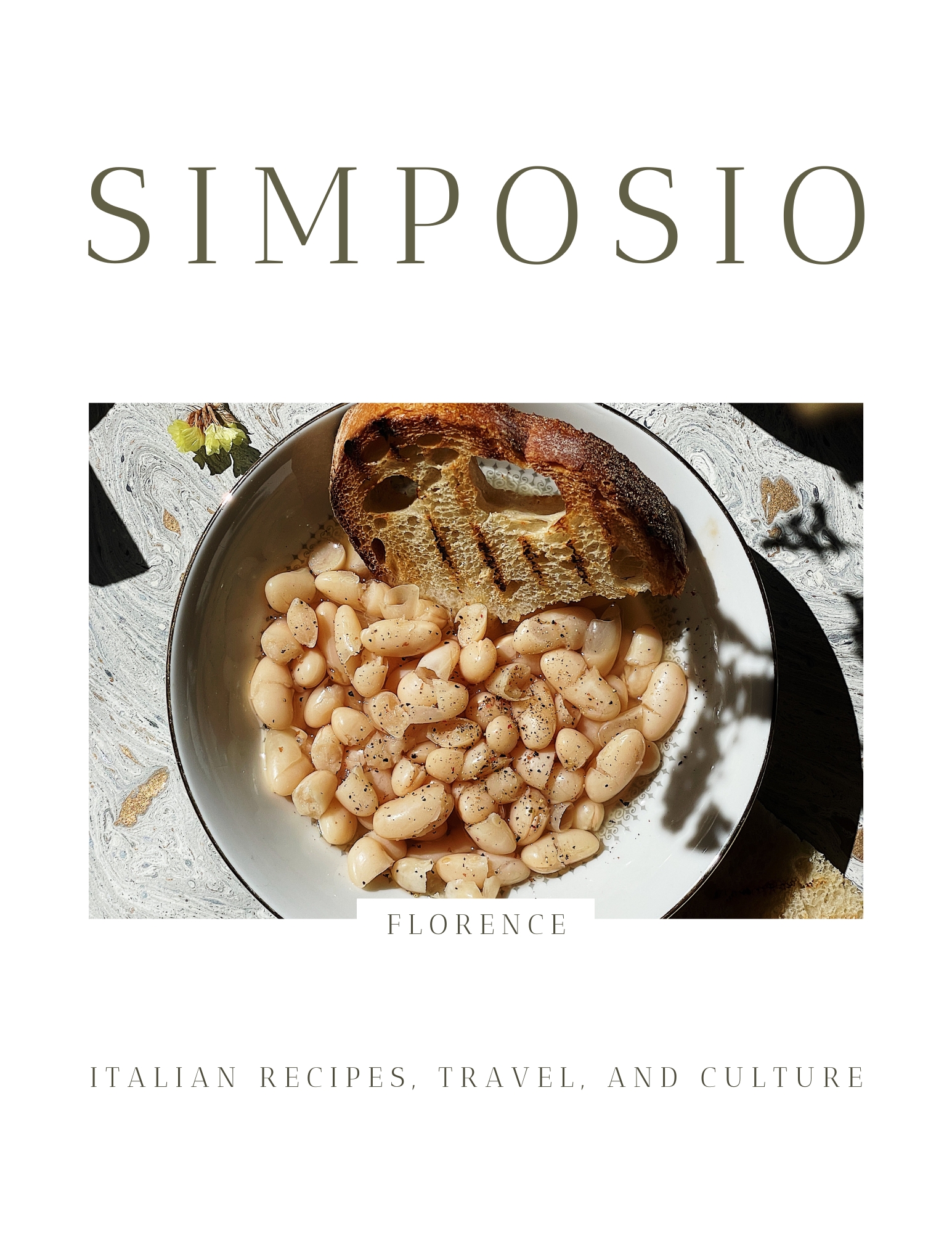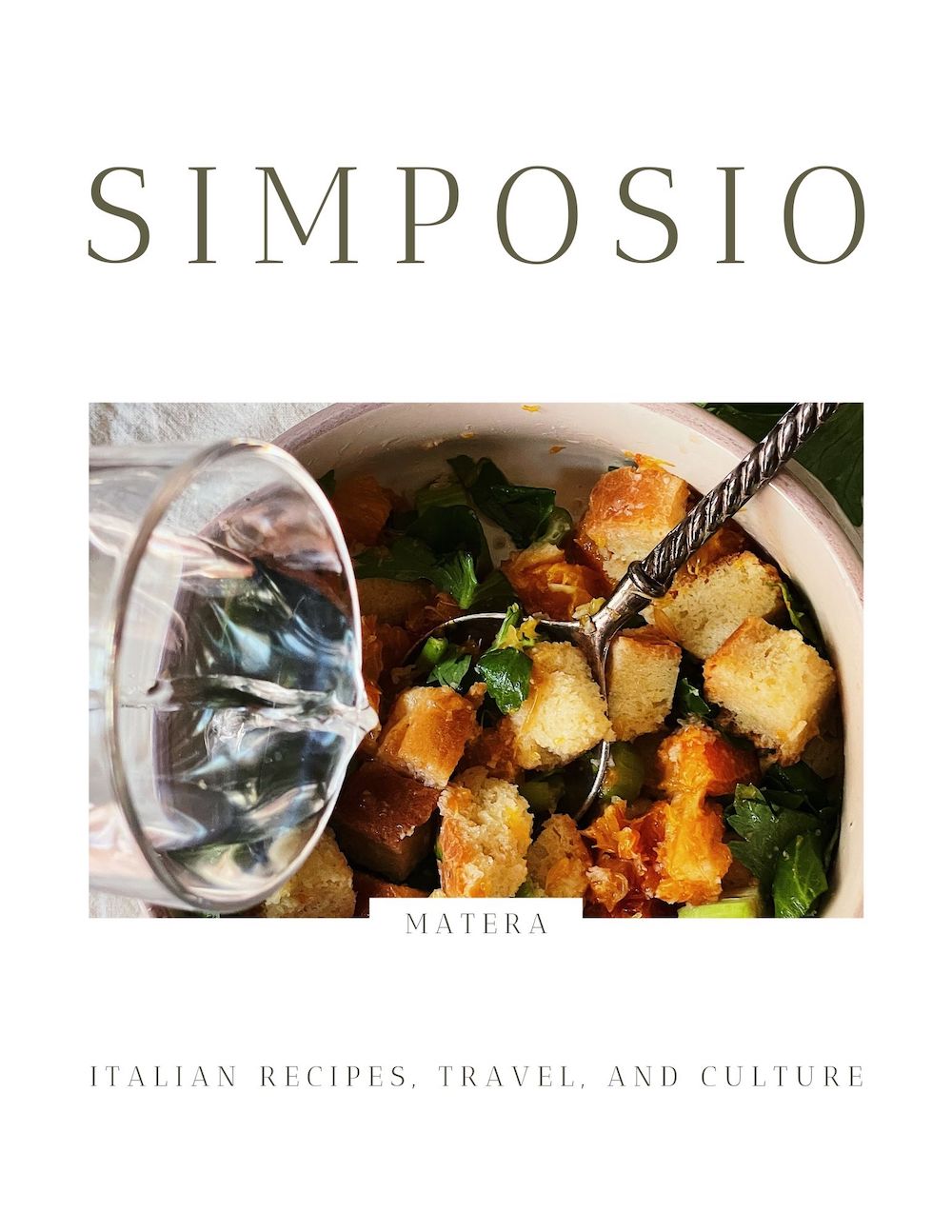In this post, we’ll bake an Italian Easter bread recipe: Pan di Ramerino, rosemary and raisin sweet bread rolls from Tuscany.
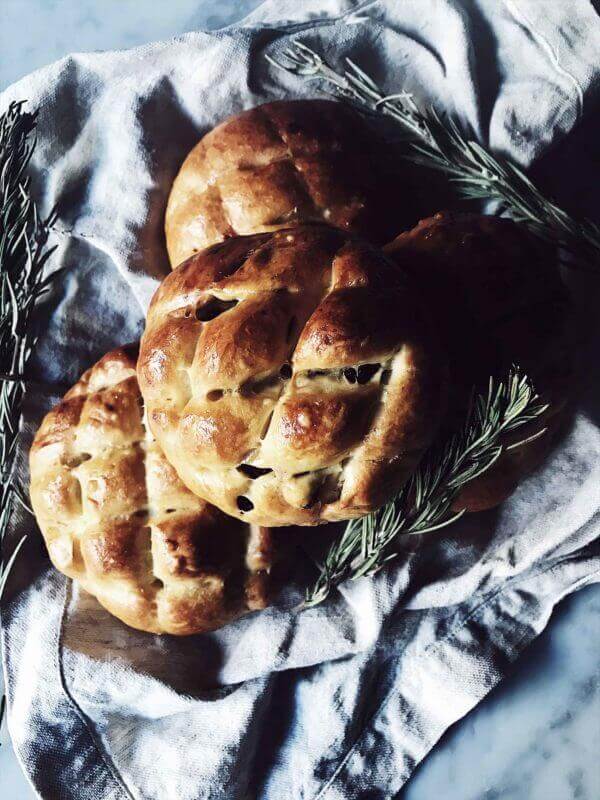
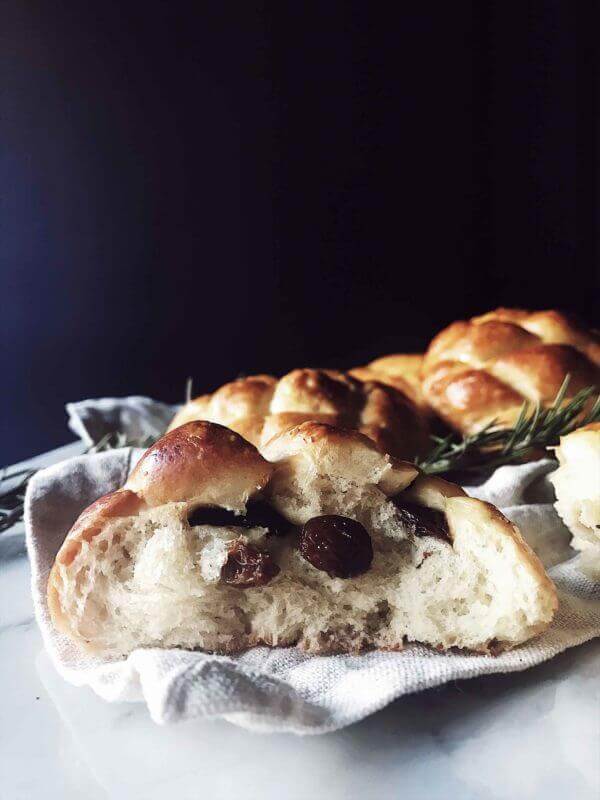
WHAT IS PAN DI RAMERINO
Ramerino is the archaic Tuscan word for rosemary. So Pan Di Ramerino is a rosemary-scented sweetish Italian Easter bread. A delicious sweet bread perfect for breakfast. But if you eat it with cheese or add it to your cheese plate, well… you’ll see!
Pan di Ramerino, as mentioned earlier, is the traditional Tuscan Easter bread, typically eaten on the days of Lent.

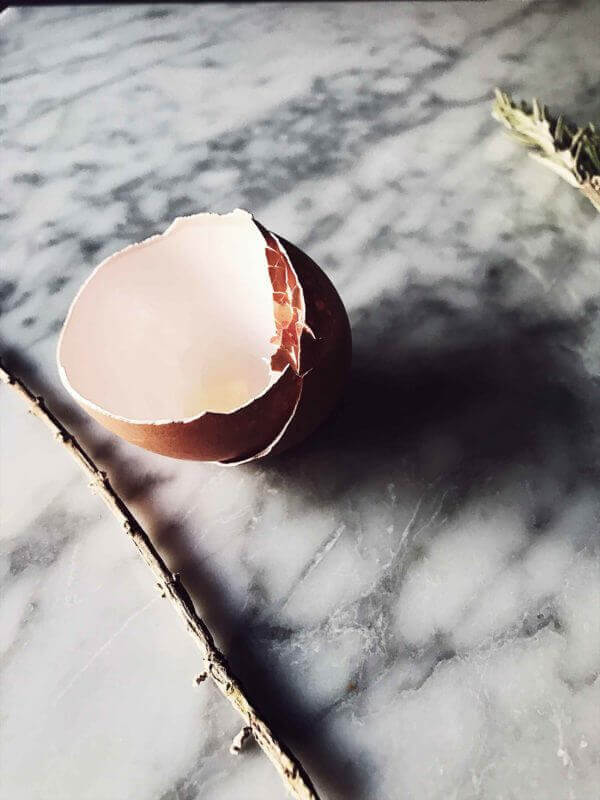
HOW TO MAKE PAN DI RAMERINO
Pan Di Ramerino is easy to make if you’re handy with long leavening time and bread making. Besides a soft bread roll base, the additions are rosemary-scented olive oil, sugar, and raisins soaked in the Tuscan Vin Santo. If you don’t have Vin Santo, soak the berries in water or another sweet fortified wine.
If you’re not familiar with bread making, perfetto! This is your occasion to learn, practice kitchen mindfulness and patience, and a few secrets of Italian cuisine.
the last cookbooks
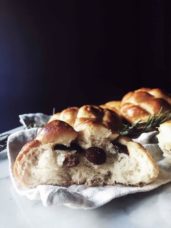
Italian Easter bread recipe: Pan di ramerino
Ingredients
- 7 oz Manitoba flour 200 gr
- 1 oz raisins 25 gr
- 1 rosemary sprig
- 1 teaspoon fresh baker's yeast 8 gr - 2.6 oz
- 3 oz water 90 gr - room temperature
- ½ teaspoon brown sugar
- 1 oz extra-virgin olive oil 30 gr
- 1 pinch salt
- ¼ glass vin santo optional, you can use water instead
- 1 egg
- 1 teaspoon of sugar
Instructions
-
Dissolve the yeast in 1/3 of the water (at room temperature).
-
Place 25 gr (0.8 oz) of the flour, brown sugar, and the yeasted water in a bowl, and mix with a wooden spoon. Cover with a cloth. Let rise in the warmest spot in your home (or inside the oven - light on) overnight.
-
The next day, place the raisins in a small bowl or cup and soak them in the Vin Santo (or water).
-
Finely chop the rosemary needles and place them in a small saucepan. Add the olive oil. Bring to a boil and immediately remove from heat. Set aside and let the temperature decrease.
-
Add the remaining flour, water, and salt, to the raised flour base (the biga in Italian) and use a mixer (dough hook on) to work the dough for at least 5 minutes.
-
Filter the olive oil through a fine sieve and add it to the dough. Work the dough (medium speed) for 5 minutes more, or until the olive oil has been absorbed completely.
-
Finally, squeeze the liquids out of the raisins and add them to the dough. Work it just for the time necessary to incorporate the raisins.
-
Let the dough rest for at least 15 minutes.
-
Divide the dough into 4 pieces and shape each into a roll.
-
Whisk the egg with a teaspoon of water and brush it over the rolls.
-
Let the rolls rise 25-30 minutes, covered with a kitchen cloth and in a warm spot of your house (or inside the oven - light on).
-
Preheat the oven to 180°C (350°F).
-
Use a knife or a spatula to engrave the surface of the rolls, vertically, then horizontally (go deep, almost cutting them). Brush them again with the egg mixture and let them rise for an hour (they should almost double in size).
-
Bake the rolls for about 15 minutes.
-
Once out of the oven, mix the sugar with a teaspoon of water and brush the rolls' surface.
Recipe Notes
Ready! Enjoy them hot or room temperature.
Or store them in a glass jar or a tin box for no longer than a couple of days.
baking for the spirit
From the Italian Colors Newsletter…
I know it takes time, I know some recipes will let you rise bread for two hours, and that’s it. Don’t listen (or maybe just a few times).
Baking, like cooking, is an art. So the time spent over it is never wasted.
Have you ever regretted spending hours on a recipe? Well, maybe the time the result wasn’t exactly what you expected.
But really…
Was it a loss of time? I suppose your answer is no. Cause you know, as well as I do, that even the time a big mess came out of the oven… although the tears and the frustration, you learned something. And you spent your time enriching yourself, your tummy, and your spirit. Which is not something ubiquitous these days.
Am I wrong?
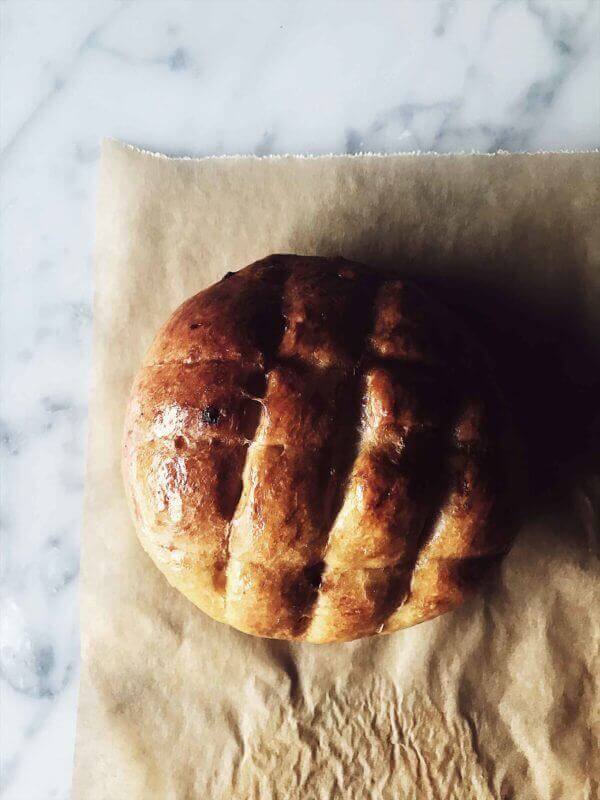

So take your time (maybe on the weekend), to weigh and mix and pour and wait for fermentation and leavening… and back to mixing and kneading. And enjoy the result: a delicious Italian Easter bread to savor and share.
It’s so much healing.
Enjoy your Da Vinci life in the kitchen!
Claudia

